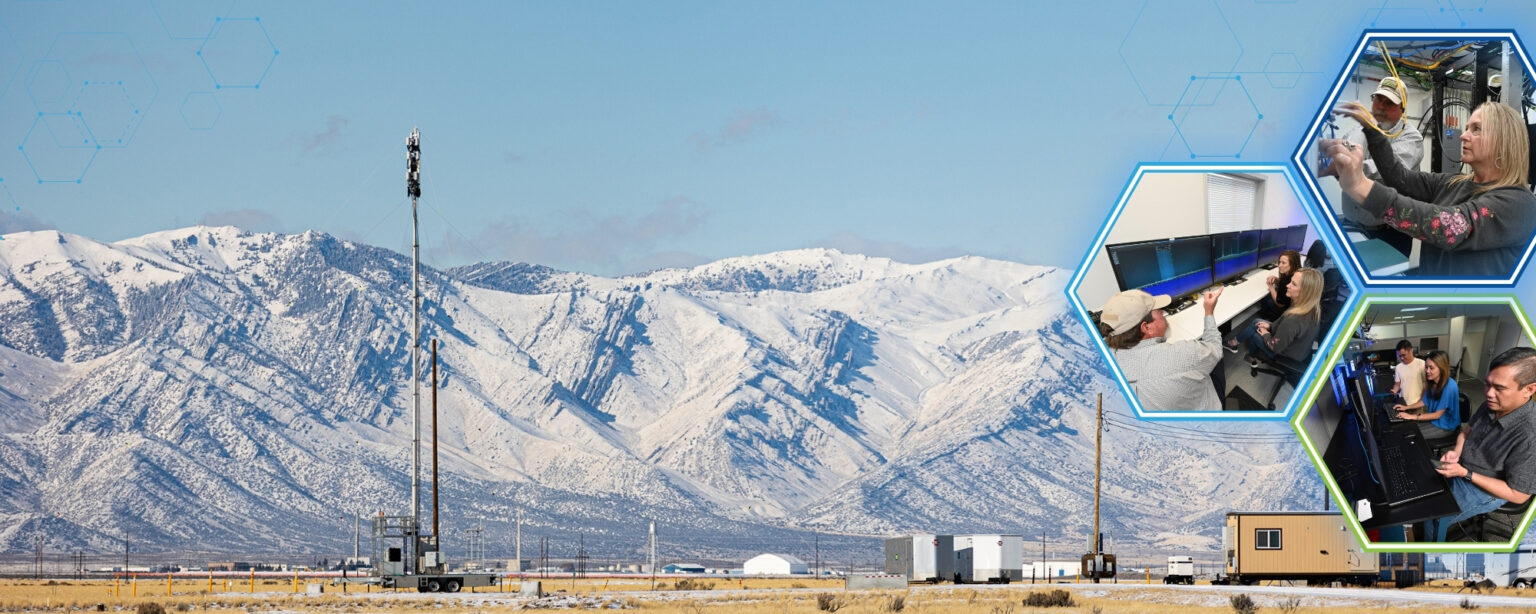In early 2006, James Hanneman was 18 months into his first job at Idaho National Laboratory’s Wireless Test Bed when his program manager asked him to attend a trade show.
With two hours’ notice, he hopped on a plane to San Jose, California, to learn about wireless “backhaul technologies” for cellular communications.
INL’s test bed was undergoing a big telecom-focused upgrade at the time. Wireless backhaul technologies — which transmit information from remote cell towers via microwave to network hubs — were crucial for connecting cell towers across the U.S. Department of Energy’s 890-square-mile INL desert Site. “At the time, nobody had any expertise in this area,” Hanneman said.
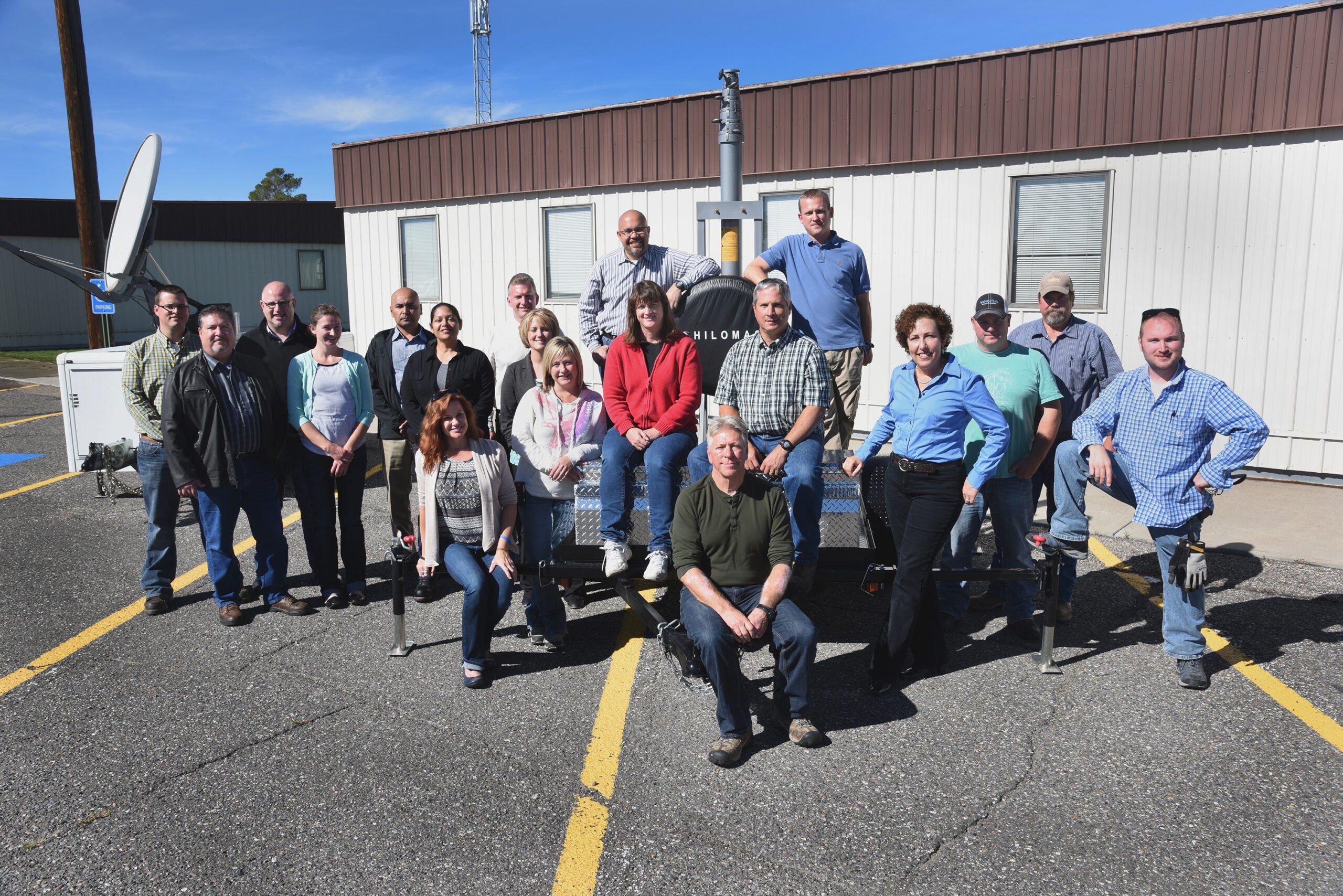
Nevertheless, he had some recommendations.
“So, I come back from this tradeshow and they told me, ‘Hey, you’re now the guy,’” he said.
“I designed, integrated and deployed this wireless backhaul network among three fixed cell sites and three mobile cell sites,” he said. “It worked phenomenally well, and we still use it for projects today.”
A service to the nation
As INL celebrates the test bed’s 20th anniversary, it stands as the premier wireless research and development facility of its kind in the nation.
Today, the test bed is a large-scale, open-air controlled range that includes full-scale communications networks to test devices and hardware. Test bed researchers offer wireless and telecommunications technical expertise, systems and environments for testing and demonstrating wireless systems and equipment ranging from high frequency, ultrahigh frequency, cellular, satellite, microwave and everything in between.
The Wireless Test Bed program began in 2004, built from 2G equipment left behind by Bechtel, which managed INL for the Department of Energy before Battelle Energy Alliance took over in 2005.
At the time, researchers at the laboratory “had a vision that we could provide a service to the nation,” said Scott Peterson, Wireless Test Bed manager.
The initial work took place in 2003, and by 2004 it was up and functional, said Craig Lasley, the test bed’s principal researcher and test lead.
“Through the years, we added 3G, 4G and 5G,” Lasley said. “We’ve added an HF (high frequency) test bed where the focus was HF communications.”
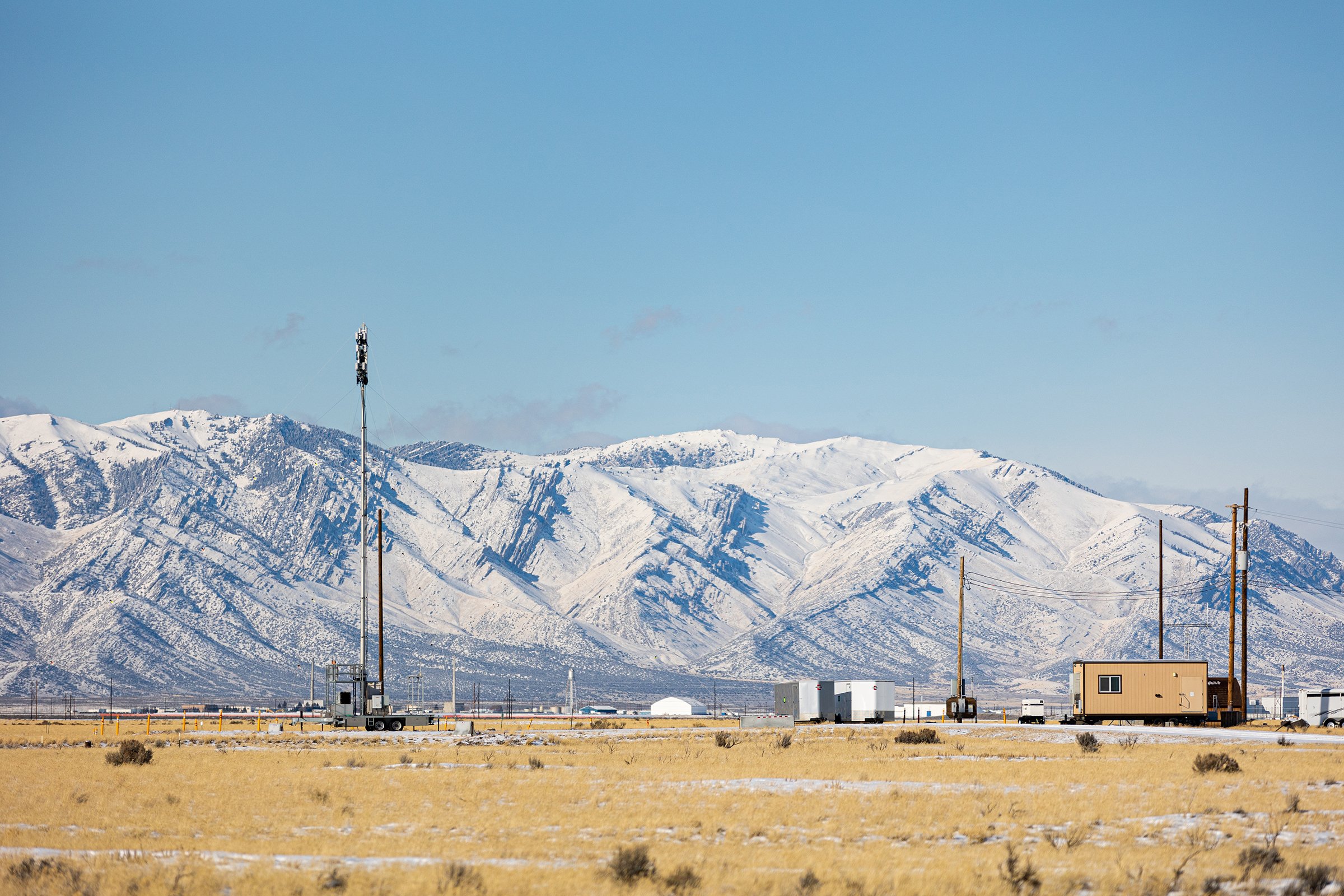
Though the U.S. standard for cellular service is 4G transitioning to 5G, test bed researchers maintain the 2G to 3G systems so customers can perform tests using legacy equipment when necessary.
In addition to cellular and HF research and development, the test bed has grown to support very high frequency, satellite communication and stand-alone radio units. The team designs, builds and maintains the infrastructure, including fiber optic transmission lines.
INL can seek the necessary spectrum authorizations from the spectrum managers and regulators, NTIA and FCC, depending on the test spectrum band.
Ensuring the security of U.S. government communications
Through the years, test bed researchers have worked with roughly 140 entities, mostly government agencies like the Department of Defense and Department of Homeland Security (DHS).
As such, the test bed plays a critical role in ensuring the security of U.S. government communications, including communications that occur on foreign telecommunications networks.
A U.S. embassy in a foreign country, for example, can’t rely on the laws and technology that protect communications on U.S. soil.
“If we were operating in adversarial geographic region, they own and control the cellular grid there,” said Carl Kutsche, chief technologist for INL’s Critical Infrastructure Security and Resilience Division. “The bad guys don’t have to hack into the system there, the bad guys own it.”
“We help the government understand the flaws, the vulnerabilities,” Kutsche said. “We give our customers full access to the entire network, just like a mobile network would install it.”
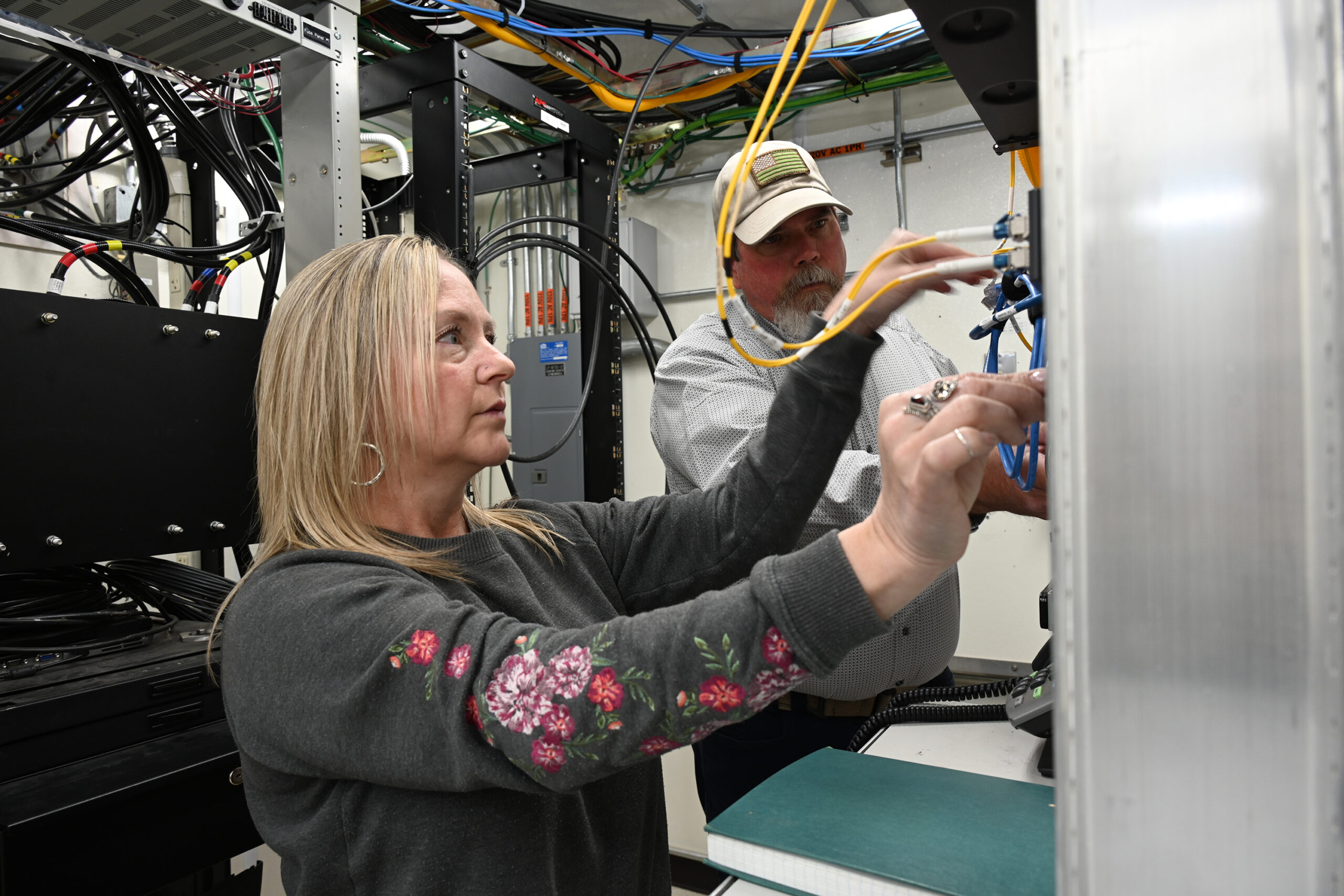
The test bed has also played a role protecting U.S. troops in war zones. In Afghanistan and Iraq, enemy fighters used cell phones to detonate improvised explosive devices (IEDs). Researchers at the test bed helped develop and test mitigations to defeat those devices.
“The counter-IED effort definitely saved lives out on the battlefield,” said Paul Titus, director of the Critical Infrastructure Security and Resilience Division.
At home, test bed researchers have helped agencies develop solutions to quickly restore communications after disasters like hurricanes.
“Hurricane Katrina knocked out base transmitting stations for 100 miles along the coastline,” Titus said. “We help agencies like DHS and the Federal Emergency Management Administration develop solutions for restoring communications quickly. That is part of our resiliency mission.”
For major domestic events like the Super Bowl, agencies have sought help from the test bed for two reasons: to expand the capability of the local cell phone network to handle the surge in users, and to thwart bad actors who may attempt to jam the communications of first responders during an emergency.
In 2017, the test bed hosted JAMX17, a first responder jamming exercise sponsored by DHS. Test bed researchers installed jammers at various locations across the Site. The different agencies brought in their control vans to see how their equipment performed. The researchers then helped the agencies develop tactics, training and procedures to work around those jammers.
A distinctive geography
Researchers and users say one of the test bed’s biggest strengths is that it allows customers to test their equipment and procedures in real-world conditions.
“A lot of R&D and testing can be done in the laboratory, but at some point, these technologies need to be tested out in the open,” Peterson said. “We’ve created a representative environment for research and development that is hard to replicate elsewhere.”
For example, the test bed allows customers to test technologies at a distance, at realistic powers and frequencies on commercial-grade equipment.
“Having the right frequencies and power is really important,” Peterson said. “Customers can come out and see how the signal propagates over distance, how their tech works with other technologies, whether it is going to create interference with an adjacent band, that kind of thing.”
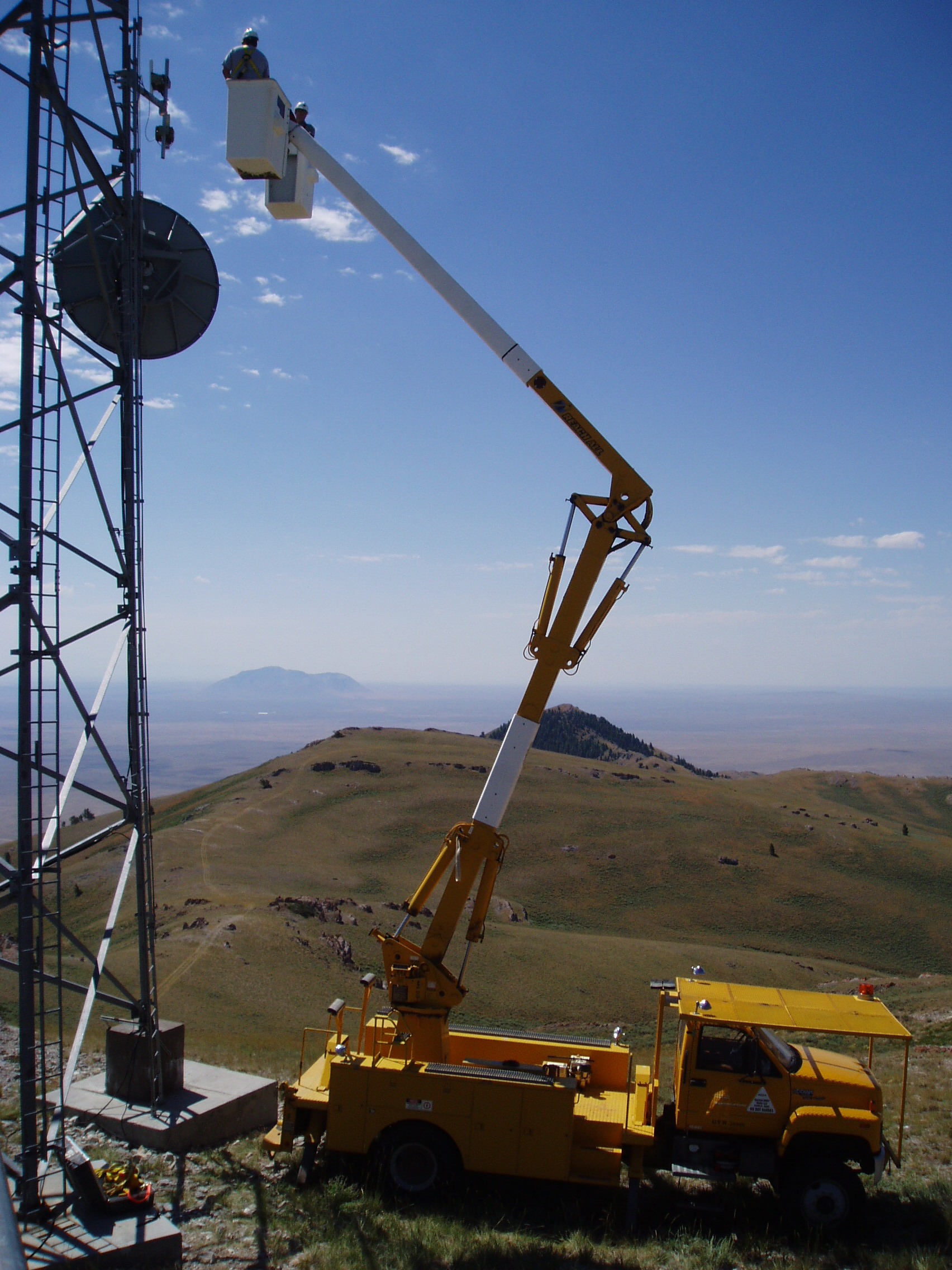
That representative environment is bolstered by geography. The desert Site sits in a caldera — a giant bowl left behind by the earth’s crust passing over the Yellowstone hot spot — which limits transmissions from the outside. Likewise, there are no nearby military bases, airports or cities.
“It’s a unique environment because it’s a very low noise floor,” Titus said. “There’s little to no interference.”
“The cellular platforms from 2G to 5G are highly instrumented so we can observe calls in progress from start to finish from a network operations center,” he said. “We can detect when various interruptions are introduced during a test.”
Further, INL security offers a protected environment for specialized customers who appreciate anonymity.
An eye on the future
In 2022, the Wireless Test Bed announced the first open-air, 5G wireless test range focused exclusively on security testing, training and technology development, even though widespread adoption of 5G technologies was still years away.
Now, test bed engineers are preparing for the future by investigating new technologies under development. That includes 6G, the next generation of cellular networks.
Researchers are also looking at new technologies planned for Radio Access Network (RAN) systems. A component of today’s radio-based backhaul systems, RAN systems record data about cellular users that the phone company uses to optimize their networks.
One of those technologies, the RAN Intelligent Controller (RIC), would use artificial intelligence to analyze RAN data and make predictions about the future. For phone companies, RIC technology could mean more efficient cellular networks. But in the wrong hands, RIC could be used for nefarious purposes, including predicting the movements of individuals.
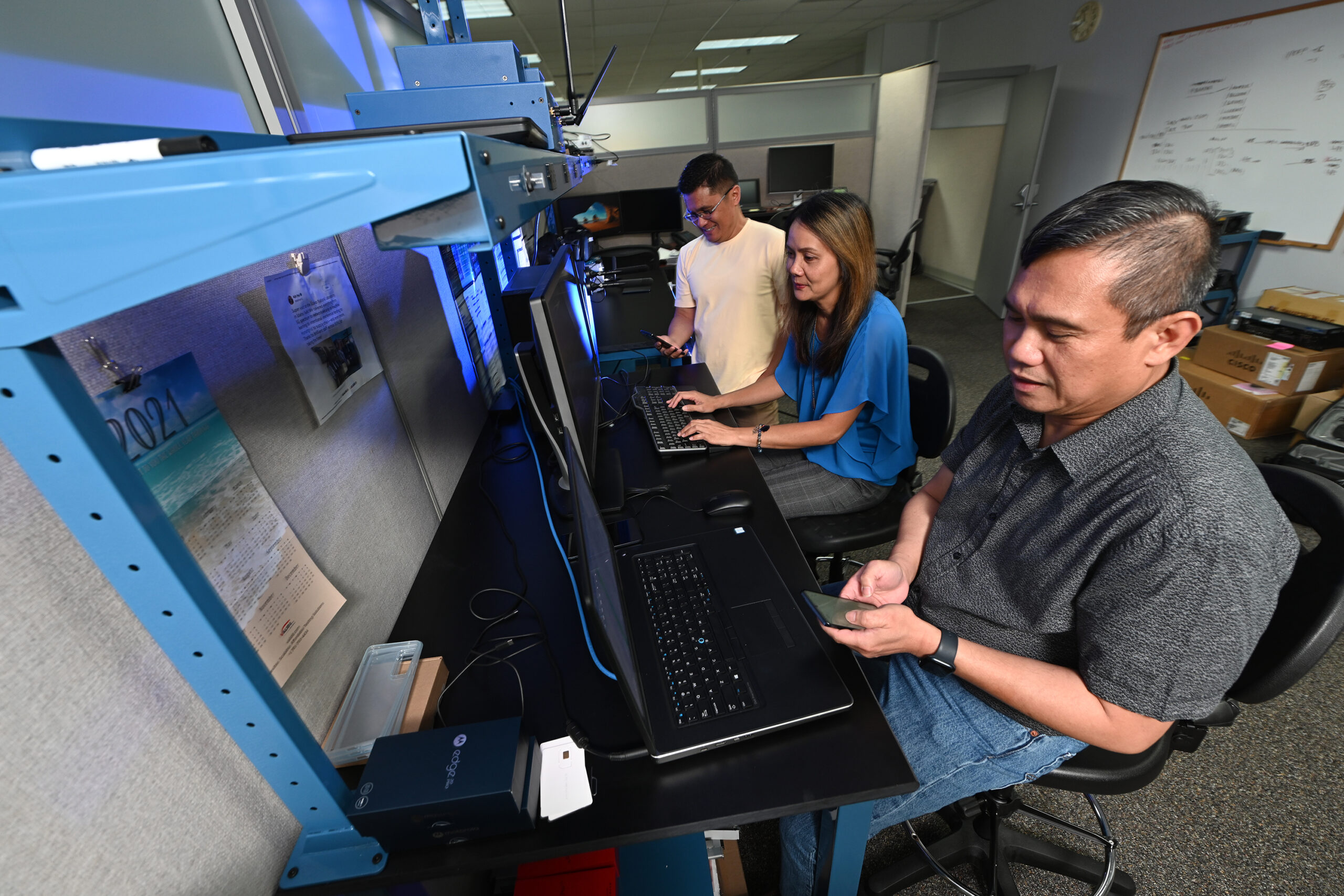
At a recent conference, Kutsche warned attendees about the potential pitfalls of RIC technology. “They just built the world’s largest signal intelligence collector,” he said. “We’re trying to help everyone be much more efficient, but also much safer and more secure at the same time.”
The Wireless Test Bed researchers are also exploring ways for U.S. government officials, including the military, to communicate safely with allies and partners over 5G networks.
INL researchers have developed a new way of communicating over the 5G network that could provide a high level of security without the clunky hardware and performance of other secure mobile communications options.
In essence, 5G offers more secure RAN sharing, which is a way for multiple mobile network operators to share telecommunications infrastructure. RAN sharing would allow NATO troops to securely access their home 5G network through another NATO country.
“We have a sharing link with Estonia and Latvia, and Spain is next,” Kutsche said. “Now it’s the backbone for how we might use 5G to coordinate and share data among all the NATO countries. 5G allows these communications to be authenticated. NATO soldiers can synchronize their operations and make sure the guy they’re talking to is the right guy.”
Small team, big mission
While the Wireless Test Bed’s state-of-the-art equipment and unique location are important, it’s nothing without its people.
Today, the team size remains small – about 30 people – considering the scope of the critical and secure mission it supports.

“Our staff abilities are really the highlight,” Peterson said. “Our personnel provide the value, whether it’s engineering or test coordination or both. System integrators, consultants, test planners and executers, those people are what really make us stand out with our U.S. government customers and keep them coming back year after year.”
Eighteen years after his first big assignment, “The test bed is the only career I’ve ever known,” Hanneman said. “We’ve had a pretty wild time. The test events have continued to increase in complexity. We’ve gained a lot of expertise and insight over the years.”

